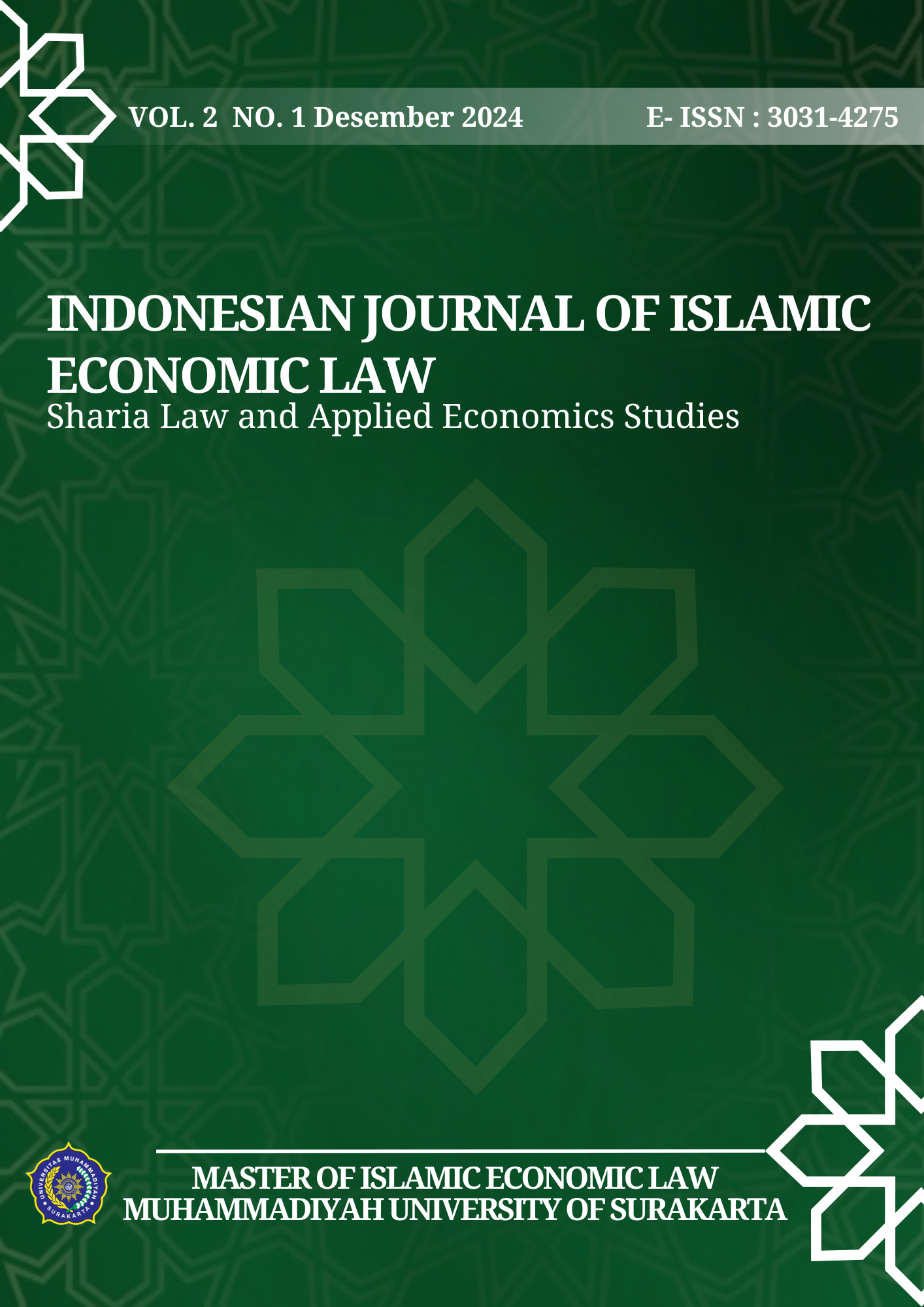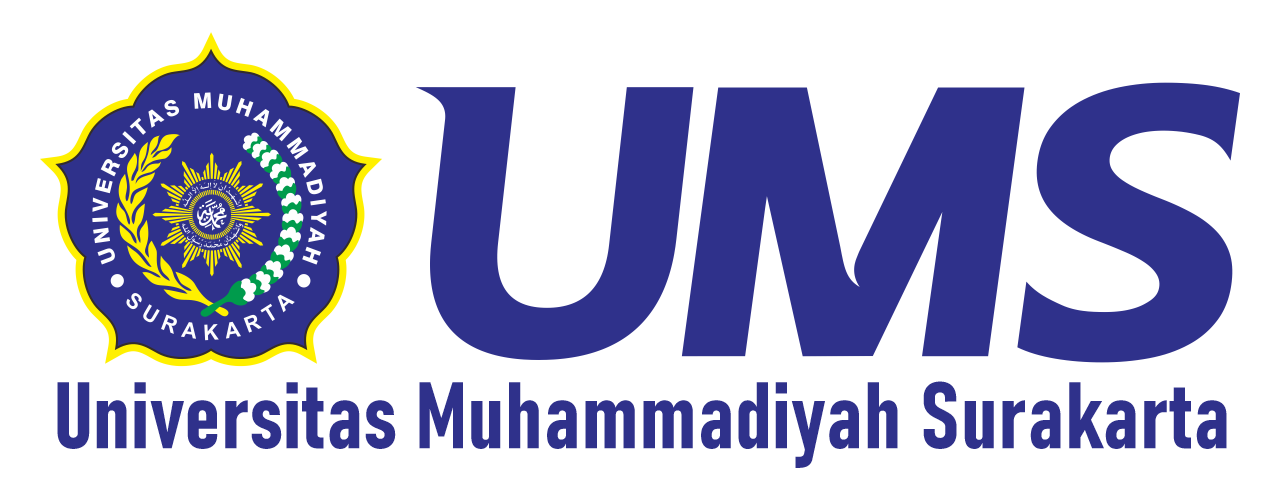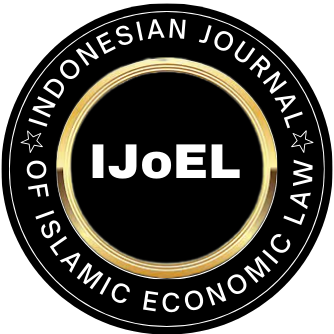The Use of Midjourney in Design Buying and Selling Business from the Perspective of Ibn Ashur's Maqashid Sharia
DOI:
https://doi.org/10.23917/ijoel.v2i1.7109Keywords:
artificial intelligence, midjourney, maqashid syariah, ibnu ashur, designAbstract
This research is motivated by the rapid development of artificial intelligence (AI) technology across various sectors, particularly in design. One widely used AI tool in design is midjourney. Although AI offers numerous benefits, such as production efficiency and flexibility for non-professional users, its use also raises issues related to design authenticity, third-party utilization, and the potential automation of human roles. Considering the importance of ethical and legal aspects in AI usage, this study aims to examine the role of AI in online design services from the perspective of maqashid syariah according to ibn ashur. This research employs a qualitative approach, specifically a library research method with a phenomenological approach and descriptive analysis techniques, to understand and explain the role of AI within the maqashid syariah framework. The findings reveal that midjourney, as an AI design platform, supports design efficiency and enhances designers’ creativity through text-based automation features. However, its application in commercial design poses copyright challenges, especially when designs are fully generated by AI. From a maqashid syariah perspective, AI in design services aligns with the principle of wealth circulation (Ar-Rawaj) and ownership clarity when using exclusive services. Collaborative use of AI that maintains the active role of designers is deemed more equitable and consistent with maqashid syariah, while excessive dependency may reduce originality.
Downloads
References
„Asyūr, Muḥammad al-Ṭāhir ibn. “Maqāṣid Al-Syarī„ah Al-Islāmiyyah (Juz 3).” Muhammad Thahir Ibn Asyur, 2004.
Akbar, Ahmad, and Rachmad Risqy Kurniawan. “AI Dan Dampaknya Pada Perekonomian Menurut Fiqih.” Jurnal Manajemen & Akuntansi Prabumulih 7, no. 1 (2023): 31–40.
Alam, Taris Zakira, and Jerry Haikal. “Dampak Produksi Desain Grafis Pada Penggunaan Teknologi Artificial Intelligence ( AI ) Dengan Menggunakan Grounded Theory.” Jurnal Seni Nasional Cikini 10, no. 1 (2024): 15–26. https://doi.org/10.52969/jsnc.v10i1.265. 26
Aliya, Tasya Putri, A. Talitha Rezky Aurelia, Nisa Salvia Najmi, Fira Areta Apsarini, and Nur Aini Rakhmawati. “Observation of Ai Text To Image Usage on the Credibility of Visual Artworks.” Journal of Information System, Informatics and Computing 7, no. 2 (2023): 387. https://doi.org/10.52362/jisicom.v7i2.1270
Annafi, Ahmad Rizky. “Makna Tasbih Dan Istighfar Dalam Q.S an-Nasr Menurut Ibnu Asyur.” Tashdiq: Jurnal Kajian Agama Dan Dakwah 2, no. 2 (2024): 92–108. https://doi.org/https://doi.org/10.4236/tashdiq.v2i2.2295.
Astutik, Eka Puji, Nur Afif Ayuni, and Ayunda Mahdalena Putri. “Artificial Intelligence: Dampak Pergeseran Pemanfaatan Kecerdasan Manusia Dengan Kecerdasan Buatan Bagi Dunia Pendidikan Di Indonesia.” Sindoro Cendikia Pendidikan 1, no. 10 (2023): 101–12. https://ejournal.warunayama.org/index.php/sindorocendikiapendidikan/article/view/1219
/1153.
Disemadi, Hari Sutra, and Cindy Kang. “Self-Plagiarism Dalam Dunia Akademik Ditinjau Dari Perspektif Pengaturan Hak Cipta Di Indonesia.” Legalitas: Jurnal Hukum 13, no. 1 (2021): 1–9. https://doi.org/10.33087/legalitas.v13i1.236.
Everlin, Shierly. “Redefinisi Karya Seni AI Analisis Visual Etika, Metafora, Dan Eksplorasi Desain Berbasis Kecerdasan Buatan.” Prosiding Konferensi Mahasiswa Desain Komunikasi Visual (KOMA DKV) 3 (2022): 12–26.
Fauzan, Husni, and Dzulkifli Hadi Imawan. “Pemikiran Maqāṣid al-Syarī’ah Al-Tahir Ibn Asyur.” Al-Mawarid Jurnal Syarīah Dan Hukum (JSYH) 5, no. 1 (2023): 101–14. https://doi.org/10.20885/mawarid.vol5.iss1.art7.
Fiantika, Feny, and Et Al. Metodologi Penelitian Kualitatif. PT. Global Eksekutif Teknologi, 2022. https://scholar.google.com/citations?user=O-B3eJYAAAAJ&hl=en. Hamzah, Moh. “Rokat Tase’ in Review of Maqāṣid al-Syarī’ah Perspective of Muhammad
Thahir Ibnu Asyur: Case Study of Madura Island.” Media Syari’ah : Wahana Kajian Hukum Islam Dan Pranata Sosial 24, no. 1 (2022): 132–55. https://doi.org/10.22373/jms.v24i1.12729.
Hasanudin, Fuat. “Maqāṣid Al-Syarīah Ibn ‘Asyur: Rekonstruksi Paradigma Ushul Fikih.” ABHATS: Jurnal Islam Ulil Albab 1, no. 1 (2020): 172–87. http://abhats.org/index.php/abhats/article/view/5.
Hasibuan, Maria Enjelita Liprina, Wanto Susilo Rahayu, Nafisah Al Husna, Puput Yuniarsih, Violla Maharani, Rendi Arif Primadani, and Mohammad Fatkhul Huda. “Dampak Penggunaan AI (Artificial Intelligence) Dalam Industri Kreatif Bagi Mahasiswa Seni Rupa Angkatan 2023 Universitas Negeri Semarang.” Journal of Education and Technology 4, no. 1 (2024): 11–17.
Jaruga-Rozdolska, Anna. “Artificial Intelligence as Part of Future Practices in the Architect’s Work: MidJourney Generative Tool as Part of a Process of Creating an Architectural Form.” Architectus 3, no. 3(71) (2024). https://doi.org/10.37190/arc220310.
Lestari, Lidya, and Siti Aisyah. “Analisis Pemanfaatan Digitalisasi Umkm Muslim Di Kota Medan ( Ditinjau Dari Perspektif Maqāṣid al-Syarī’ah ).” Jurnal Sains Dan … 5, no. 2 (2023): 687–93. http://ejournal.sisfokomtek.org/index.php/saintek/article/view/2130%0Ahttp://ejournal.si
sfokomtek.org/index.php/saintek/article/download/2130/1639.
Ludfi. “Keharusan Ikrar Talak Di Depan Majelis Hakim Pengadilan Agama Perspektif Maqāṣid Syarī’ah Ibnu ‘Āsyūr.” MAQĀṢID Jurnal Hukum Islam 6, no. 1 (2023): 52–69. https://doi.org/10.35897/maqāṣid.v6i1.1086.
Maharani, Julian. “Pemikiran Ibnu Asyur Tentang Maqāṣid al-Syarī’ah Dalam Ekonomi Kontemporer.” Jurnal Ilmiah Ekonomi Islam 8, no. 3 (2022): 2495–2500. https://doi.org/10.29040/jiei.v8i3.5708.
Downloads
Submitted
Accepted
Published
How to Cite
Issue
Section
License
Copyright (c) 2025 Febryan Hidayat, Khasnan Hanif, Maratus Sholikhah Miftakul Janah

This work is licensed under a Creative Commons Attribution 4.0 International License.










